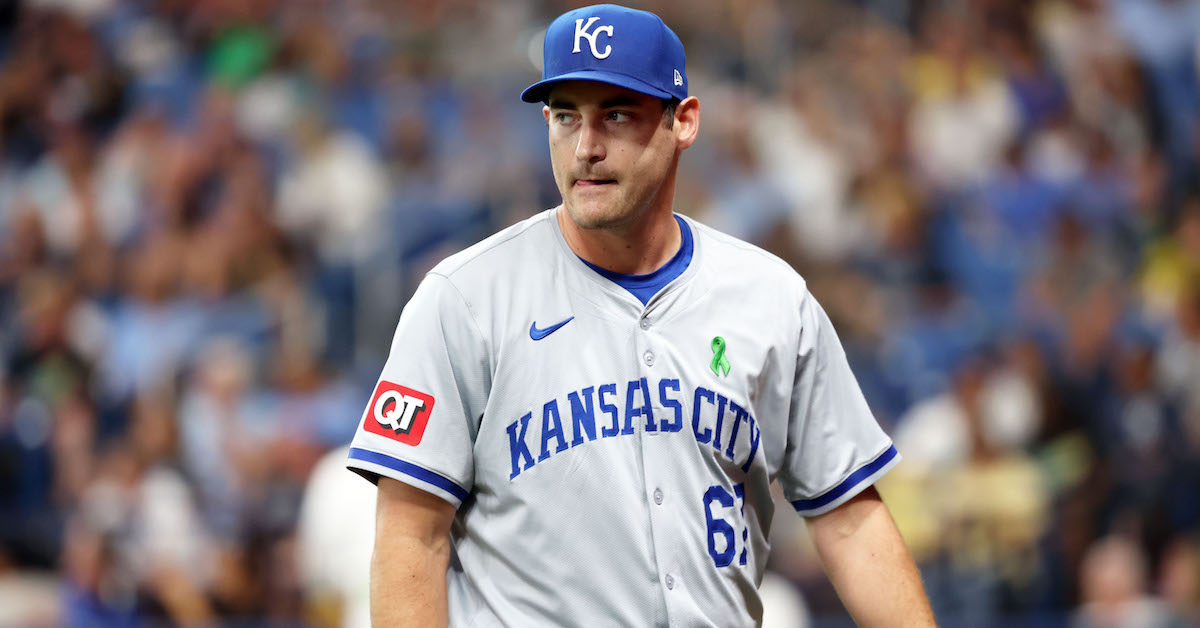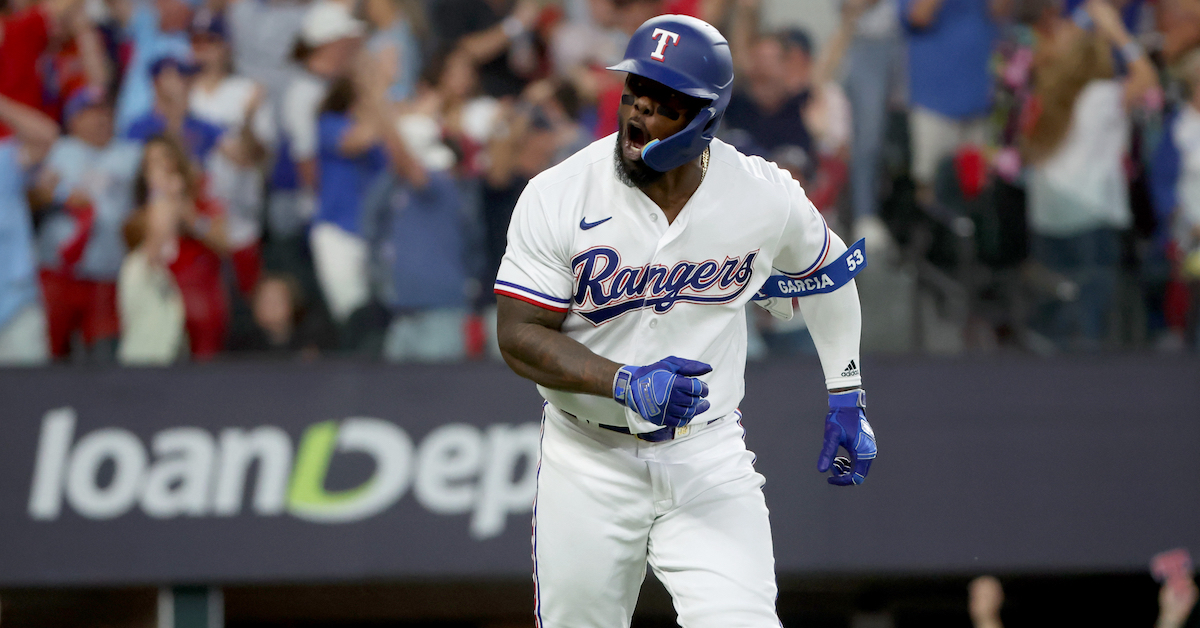The Spiciest Meatballs of 2024

Last week, I cracked the PitchingBot black box open a tiny bit and asked it to show me the worst pitches of the year. It was for fun, mostly; I think there are some interesting data in there, but the main thing I learned was that the worst pitches are non-competitive balls. That’s always a tough concept to grasp, because the ones that stick with us are the hanging sliders and no-ride fastballs right down the pipe, the kind of pitch that we see and go, “Oh I could hit a home run on that.” Like this one:
That’s the worst pitch in baseball this year by one specific metric: the likelihood that PitchingBot assigns it of turning into a home run. I’ll show you some more of them in a moment, but first I thought I’d lay out how I did this so you can get a sense of how the model is reaching its conclusions.
Cameron Grove, the creator of PitchingBot, wrote about this idea back before he started working for the Guardians, and he was kind enough to nudge me in the right direction when it came to looking at pitches not just for the “worst,” but the ones that are the most crushable.
Read the rest of this entry »







